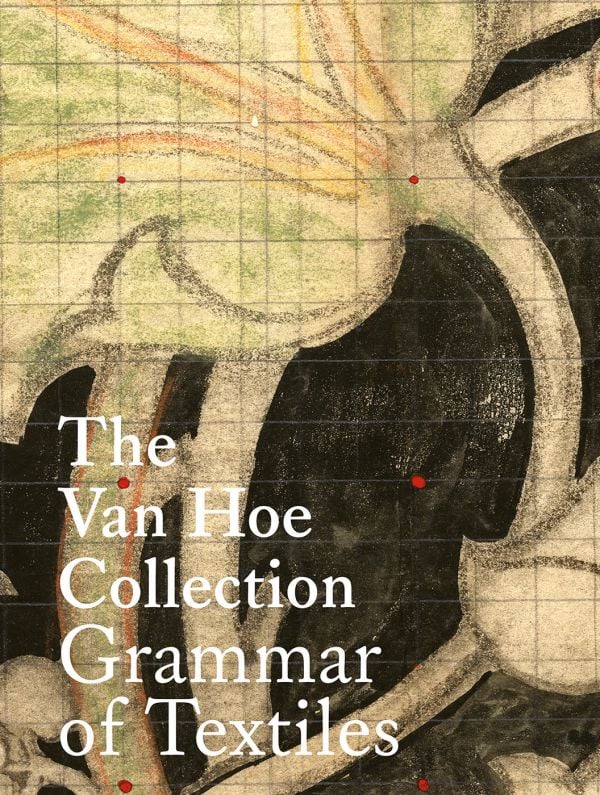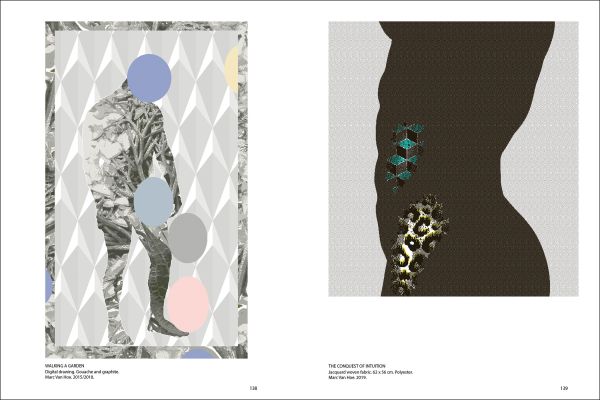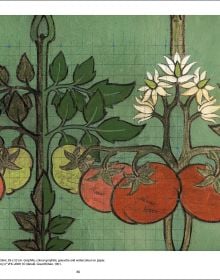Full Description
“With this collection, I attempt to clarify that these are not only textile designs. There is a lot more to it than that: making links to developments in the fields of art, culture and politics is only logical and at least as important. My collection seeks above all to stimulate curiosity when reading (or learning to read) images.” – Marc Van Hoe
The Van Hoe Collection – Grammar of Textiles presents The Van Hoe Collection which mainly consists of textile designs, in part weaves and a number of rare books from the period from 1830 to 1990: a period of great artistic and aesthetic changes. Including essays by Mireille Houtzager – Dutch Textile & Costume historian and Johan Valcke, Hoanry Director, Design Flanders, and others.
Text in English and Dutch.
About the Author
Marc Van Hoe (°1945) was born in the municipality of Zulte in East Flanders, Belgium. His grandmother was a painters’ model in her youth and his grandfather a true craftsman who also painted. Since Marc lived with his grandparents for a long time, textiles and art came into his life at a very young age. This combination would influence his work for a very long time, in fact to this day. At the age of 12, he signed up for a course in general textiles at the Provincial Technical Institute in Kortrijk, and, at 15, he took textile design at the same institute. He also went to classes at the Royal Academy of Fine Arts in the same town to study ‘Graphic Design in Advertising’. In May of 1968, a rather special moment, he married Veerle Rouquart, who was following a course in textile drawing at the same institute and went on to study tapestry at the Art Academy in Tournai. They became a textile couple, a design duo, which, through the most hectic period, i.e. starting an independent career and caring for four children, remained complementary yet close-knit. After graduating, Marc worked for a number of weaving mills, where he became familiar with the velvet industry, and in 1971 fell under the spell of the visual arts. They went together that year to Lausanne in Switzerland, where the Tapestry Biennial is held. ‘It is the Biennial year in which the young, new Japanese textile artists first show their work in Western Europe. The impression that this makes on Marc Van Hoe is enormous…’ (to quote freely from Mireille Houtzager, page 10, ‘Marc Van Hoe’, Oostkamp, 2010). Later he meets Pierre Daquin (France, 1935), who holds workshops ‘in which people experiment with modern tapestry techniques’ (Mireille Houtzager, idem, page 10). In 1977, Van Hoe goes solo, and, in 1979, he and Veerle decide to set up their own industrial textile and visual art studio. - written by Johan Valcke







